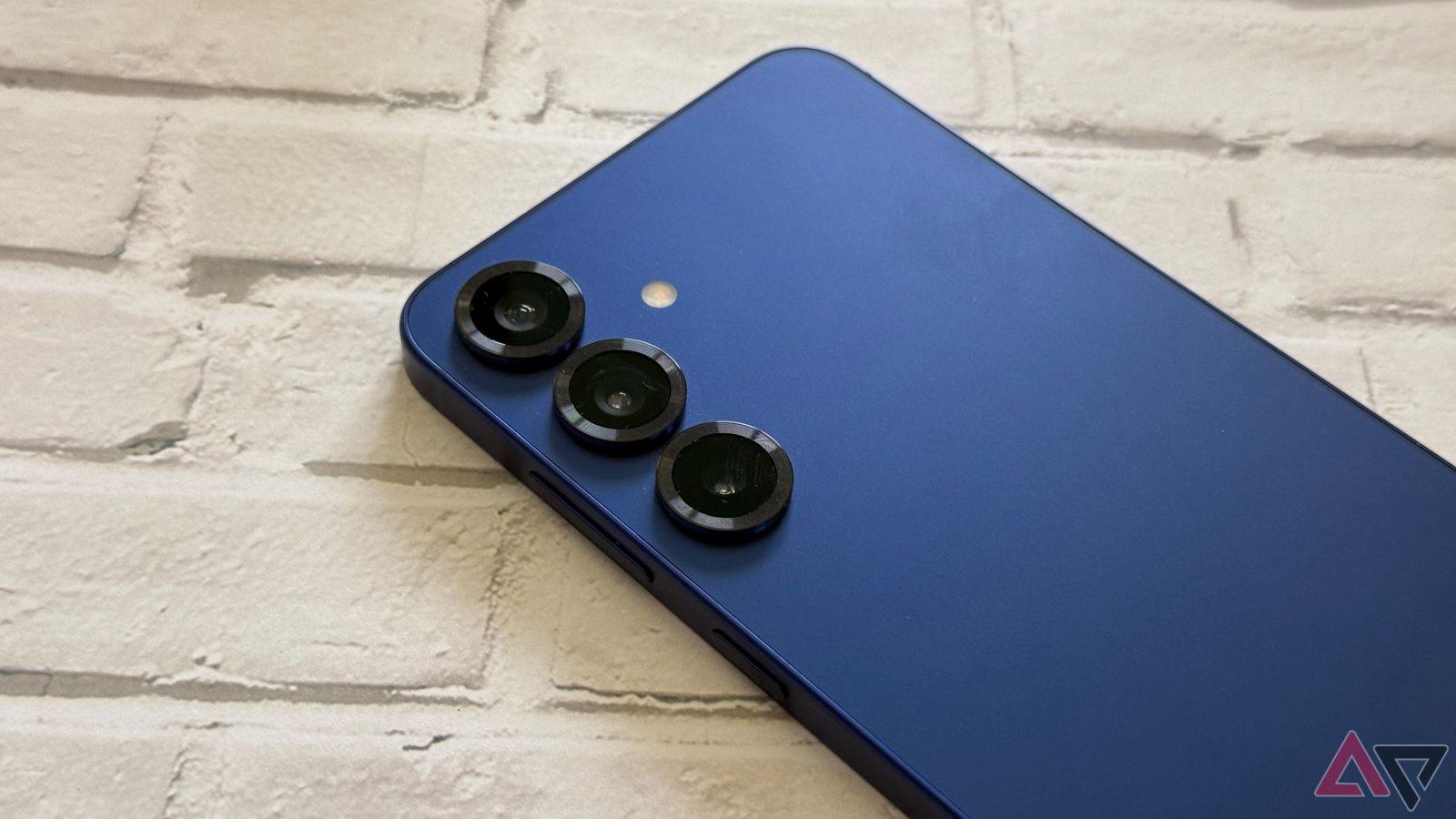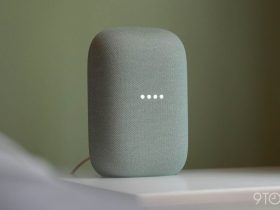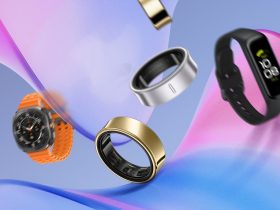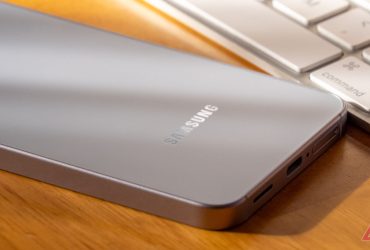
Contents
Our phones have become incredible photography powerhouses. When it comes to our phone cameras, a surprising amount of misinformation floats around. It’s time to set the record straight. From megapixel madness to the zoom lens delusion and collaboration with leading camera companies, let’s tackle these tiresome myths about phone cameras that need to vanish for good. Keep reading if you’re ready to ditch the nonsense and understand the real deal about your phone’s photographic capabilities.

Related
5 best Pixel Camera app alternatives
Add more controls or make your experience simpler
7 More cameras are always better

The multi-camera trend on phones can be genuinely useful, but it’s also become a marketing game. Sometimes manufacturers include additional lenses, like dedicated macro or depth sensors, primarily to make their spec sheet appealing to consumers. While these lenses serve a purpose, their implementation is often underwhelming (especially on budget devices), and existing, higher-quality lenses on the device can replicate their functionality.
Take the depth sensor, for example. Its main job is to assist with creating the bokeh effect in portrait mode. However, many modern phones, even those with fewer lenses, achieve excellent depth mapping and background blur through sophisticated software algorithms.
A phone with a well-engineered primary lens, a versatile ultrawide, and a good telephoto lens (if implemented properly) can often deliver far superior results than a phone with four or five lenses, where some are low-quality add-ons. They are mostly a box-ticking exercise for marketing purposes.
6 Higher megapixel count results in better images

It’s one of the most persistent, misleading pieces of information in the world of digital photography, especially when it comes to phone cameras. A megapixel (MP) refers to one million pixels, and the megapixel count of a camera sensor tells you the number of these light-sensitive elements arranged on the sensor.
While a higher megapixel count results in a larger image file with more individual pixels, this doesn’t automatically mean the image will be better in terms of detail, color accuracy, and low-light performance. We have seen a properly implemented 12MP or 48MP lens beat a 200MP sensor.
The size of the image sensor is a more significant factor in image quality than the megapixel count. A larger sensor can accommodate larger pixels and capture more light. This results in better dynamic range and lower noise.
These days, computational photography plays a crucial role. A phone (such as the Google Pixel) with excellent processing can often produce better-looking images from a lower-megapixel sensor than a phone with a high-megapixel sensor and mediocre processing.
5 Everyone prefers original images

Beauty is in the eye of the beholder, and this holds true for photography. What one person considers an original representation, another might find dull or lacking in vibrancy. For example, I prefer extra contrast and a warmer look in my photos so that I don’t have to retouch them before uploading to social media. That’s one reason many find Pixel photos boring. After all, bright, saturated images often stand out in a crowded feed and tend to garner more engagement.

Related
4 A higher zoom range is better
The “100x Space Zoom” or similar labels plastered on phone backs can be inviting. However, most of this advertised zoom range is often achieved through digital zoom, which affects the quality. This is essentially cropping into the image captured by the sensor and then digitally enlarging the remaining pixels to fill the frame. You’re not capturing more detail, only making the existing pixels bigger, which often leads to blurry results.
Manufacturers (looking at you, Samsung) often tout these massive zoom figures as a key selling point, as consumers might consider a higher number with better telephoto capabilities. The “100x” or “200x” figure sounds impressive, even if the practical usability of that extreme zoom is limited. Don’t be swayed by incredibly high zoom numbers on the spec sheet.
3 You need to adjust the settings manually to take good photos

Gone are the days of manually tweaking camera settings to get desired results. Modern smartphones are packed with sophisticated processors and algorithms that analyze the scene in real-time and automatically optimize an array of settings. Phone manufacturers invest heavily in their stock camera apps to ensure they deliver excellent results in automatic mode. You don’t need to rely on third-party camera apps.
The default modes produce more than satisfactory images for most casual users who primarily share photos on social media or view them on their phone screens.
2 Night mode is only useful in complete darkness

The idea that night mode on your phone is only beneficial in pitch-black conditions is a common misconception. While night mode shines in near-total darkness, its advantages extend beyond those extreme scenarios. The sweet spot for night mode often lies in low-light environments that aren’t completely dark. Think dimly lit restaurants, twilight scenes, or indoor shots with minimal artificial lighting. In these situations, night mode can have an impact.
A dedicated night mode brightens the shadows, reduces noise, and improves clarity. It’s designed to optimize image quality in any situation with limited available light, even if it’s not complete darkness. The next time you’re in a dimly lit environment, enable night mode.
1 Phones with camera company collaboration are better

There is a myth that collaborating with well-known companies like Leica, Hasselblad, and ZEISS guarantees superior camera performance. While these companies have a long history of excellence in photography, the result depends on the depth and nature of collaboration.
Sometimes, the partnership might involve the camera company lending its name and expertise in color science or image tuning. However, a deeper collaboration might involve the camera company contributing to the design or manufacturing process of the phone’s lenses. Let’s take Xiaomi’s collaboration with Leica for example. Leica is involved in various aspects, including lens design, image tuning, and user interface elements.
With OnePlus and Hasselblad, the collaborations seemed to focus on color calibration (Natural Color Calibration) and the user interface (like the Hasselblad Pro Mode). It’s a myth to assume that the presence of a Leica, Hasselblad, or ZEISS logo guarantees exceptional results. As a consumer, look beyond the branding and check reviews and comparisons to understand the benefits these partnerships bring to real-world image quality.
Phone camera myths busted
You shouldn’t chase impressive-sounding camera specs on paper to make your purchase decision. Instead, focus on understanding the fundamental principles of photography and how your phone’s camera system works. The marketing buzzwords and misleading claims can be tempting, but real-world image quality and your personal shooting style should be your guiding stars. Now that you know these camera myths, check out these image editing apps to elevate your photography to the next level.
What’s your reaction?
Love0
Sad0
Happy0
Sleepy0
Angry0
Dead0
Wink0









Leave a Reply
View Comments